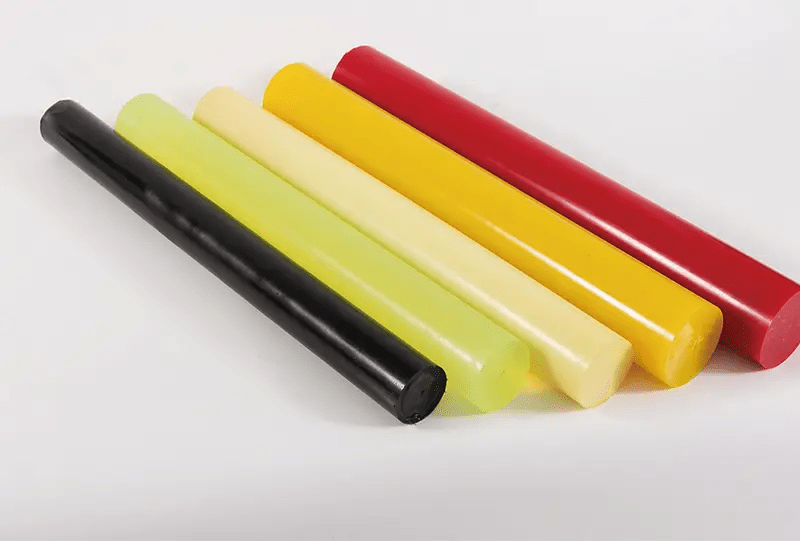Polyurethane is a hugely versatile material and shares many characteristics with natural rubber – so much so that many people assume it is a type of rubber! However, while there are similarities between polyurethane and rubber, there are also many differences – and our experts have outlined some of the key things you should know in this regard to help.
After all, knowing about the main differences can help inform your decision, and we’ve outlined some of the main things you should know to help. But if you still have any further questions, please don’t hesitate to contact us, and we’ll do our best to help!
What is Polyurethane?
Before we go any further, it’s first worth considering what polyurethane actually is. At its simplest, polyurethane is a type of polymer that’s widely used in many modern applications. The material is widely considered a type of plastic, but in reality, it’s technically not; similarly, some people assume that it must be a type of rubber due to its properties, but this isn’t quite true. In fact, polyurethane is in its own category.
There are numerous great properties of polyurethane that make it incredibly popular these days. For example, it can be both hard or soft in nature; what’s more, it’s also an incredibly flexible material and is easy to craft into different shapes, thereby making it exceptionally versatile for many applications.

What are the Differences Between Polyurethane and Rubber?
While polyurethane offers many benefits and similarities to rubber, there are also quite a few noteworthy differences to remember. Some of the main differences between polyurethane and rubber include the following points.
#1 Natural vs Artificial Production Method
One of the biggest differences between PU and rubber lies in the method of production. Indeed, polyurethane is a man-made compound, whereas rubber is often available as a natural product (although synthetic forms of rubber are also made).
#2 Rigidity vs Flexibility
When considering the differences between polyurethane and rubber, another factor to account for is the variations in terms of rigidity. Indeed, polyurethane materials offer much more freedom than rubber, meaning that they can be made to offer either flexibility or rigidity. This, in turn, gives users a greater range of options overall in terms of how they use the material.
#3 Temperature Resistance
Temperature resistance is often a significant requirement for many businesses, and this is highly important to keep in mind when considering the differences between rubber and polyurethane.
Since polyurethane is much more resistant to high temperatures than rubber, it’s versatile in a wide range of applications. Moreover, it’s often much less likely to become brittle when exposed to cold conditions, making it more reliable in cooler temperatures.
#4 Price
Generally speaking, polyurethane is a more affordable option than rubber, making it a popular material for brands that need a cost-effective but reliable product.
Final Thoughts
The differences between polyurethane and rubber can sometimes be hard to ascertain, especially given that the two materials often seem so similar on the surface. Nevertheless, keeping the differences in mind can help you choose which material is best suited to your requirements. If you have further questions, please contact us at pengde2@pengde-pu.com.


